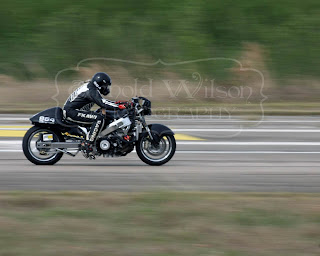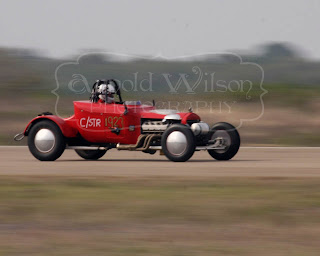There are two significant details in any landscape photograph:
- Image composition
- Natural light
Image composition is all about how the elements in the scene are arranged. By using foreground objects and a small aperture, the entire scene will be kept in focus, creating a sense of depth. Attention can be directed toward the subject of the image by creating a natural frame with elements from around the scene. Trees are a great source for natural frames. Also the viewer can be drawn into the image by using leading lines into the main part of the scene, such as roads, rivers, or railroad tracks.
Natural light has three basic qualities: intensity, direction, and color.
The intensity of the light refers to the strength. Direct light creates a hard light source and strong shadows. Diffused light from a cloudy day creates a soft light and more even tones. The direction of the light refers to the placement and comes from three different paths: front, back, or side. Light coming from the front creates a flat, dull appearance. Light coming from the back creates a silhouette appearance with dark shadows. Side lighting produces texture and shading.
The color of light varies depending on the time of day, the atmosphere conditions and the time of year. Early morning and late afternoon, both produce light from an angle. The color of morning light is cooler with deeper purple and blue, whereas the color of afternoon light is warmer with deep red and orange. The light of spring and summer are vibrant, with the light of winter being harsher. Autumn produces warm light of orange, brown, and gold. A damp day followed by a cold night will can produce an eerie fog or low mist.
How each of these details are developed and revealed can result in outstanding landscape photos.
Explore more at:
arnoldwilsonphotography.com









